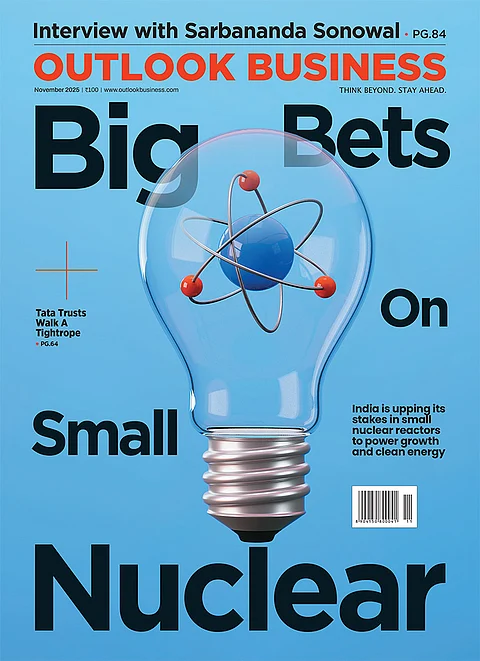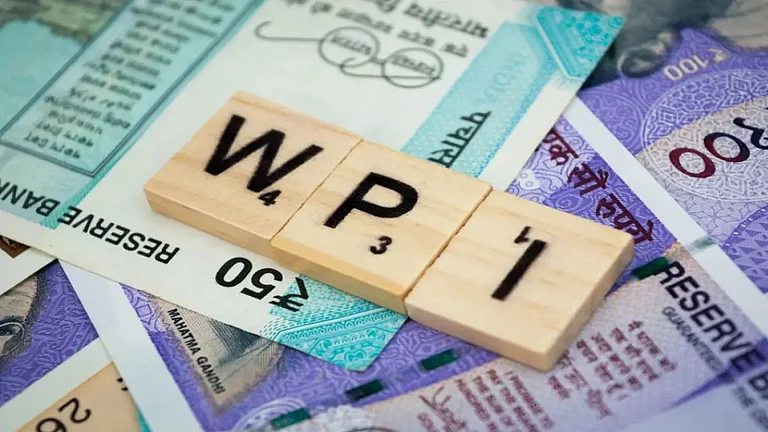India’s Consumer Price Index (CPI) based inflation moderated to a three-month low of 5.02 per cent in September from 6.83 per cent in August. The higher than expected decline puts the Reserve Bank of India firmly in favour of not going for any rate hike in remaining current fiscal with complete divergence from US, therefore, prioritising growth.
Annual retail inflation in India was expected to be seen around 5.5 per cent for September, according to a poll of 66 economists by Reuters. However, a sequential crash in prices of vegetables, especially tomato, and LPG, supported CPI to align with RBI’s revised estimate of 6.4 per cent for September quarter.
“While the sequential moderation was broad-based, the food and beverages and the fuel and light segments witnessed a sizeable decline in their inflation prints, with the latter in particular leading to the lower-than-expected reading in the month,” said Aditi Nayar, Chief Economist, ICRA.
Vegetable inflation under the food section sharply declined to 3.39 per cent from 26.1 per cent in August, due to fresh arrivals in the market. Meanwhile, fuel and light joined edible oil in the negative territory by moderating to -0.1 per cent from 4.3 per cent. The deflation reflected the central government’s decision to cut LPG price by Rs 200 per 14.2-kg cylinder, in the last week of August.
Falling Further
Core inflation, which excludes food and fuel, also moderated to 4.5 per cent in September from 4.9 per cent in August, with corrections across sub-categories.
“Encouragingly, core inflation eased to their lowest level in 3.5 years and is expected to have softening impact on headline numbers in the coming months,” said Rajani Sinha, Chief Economist, CareEdge Ratings.
Headline inflation is likely to fall further and remain within RBI’s tolerance band of 2-6 per cent. The central bank last week had revised its estimate of headline inflation for December quarter to 5.6 per cent from 5.7 per cent. The projection for March quarter, and first quarter of 2024-25 was kept unchanged at 5.2 per cent.
Besides these projections, RBI Governor Shaktikanta Das, during his interaction with media post October policy announcement, pressed upon the fact that RBI’s inflation target was 4 per cent, and not 2-6 per cent. This makes the higher than expected decline even a bigger relief to the monetary policy authority.
Considering the current inflation trajectory, RBI is widely expected to extend its decision to keep the benchmark interest rate or repo rate unchanged at 6.5 per cent into the next financial year. Economists are of view that the pause will last till June quarter of 2024-25, with rate cuts beginning in August next year. Consequently, this will support India's growth rate, which is currently projected at 6.5 per cent by RBI for the current fiscal.
“Food inflation is expected to soften further in December quarter, with the kharif harvest entering the market along with government intervention,” said Dipti Deshpande, Principal Economist, CRISIL.
Complete Divergence
India’s inflation outlook for future as of now solidifies RBI in its spot to continue focusing on internal factors amid global headwinds.
In terms of expectation, similar was the case in US on Thursday, but not in terms of direction. CPI, which is a closely followed gauge in US as well, rose 0.4 per cent on month in September, and 3.7 per cent from a year ago. The figures were reportedly higher than what projected by Dow Jones.
Recent remarks from top officials of the US Federal Reserve have suggested that there may not be a need for another rate hike in 2023 due to a rise in US Treasury yields playing out as a substitute for the central bank. The conviction found support when the increase in core components of the CPI basket, which the policymakers in US put more emphasis on, increased on expected lines.
However, inflation remaining above the US central bank’s target of 2 per cent even after 18 months of the first rate hike of the monetary tightening creates room for Fed to intervene sooner and frequent than RBI in India.
Back home, the risks to retail inflation remain from pulses and cereals, along with volatile crude oil prices. Pulses and cereals are currently the only categories recording double digit figures, with inflation in pulses and products increased to 16.4 per cent in September from 13 per cent in August. Cereals inflation was seen at 10.9 per cent compared with 11.9 per cent in August.
Das on numerous occasions has already said that the RBI's rate-setting panel is not being influenced from global central banks with complete focus on domestic indicators.
“We expect that the RBI will not explicitly hike rates in FY24, nor will it precede the Fed in any policy reversal in CY24. However, policy management will get tricky and tools will diversify from conventional to unconventional ones,” said Madhavi Arora, Lead Economist, Emkay Global.






























